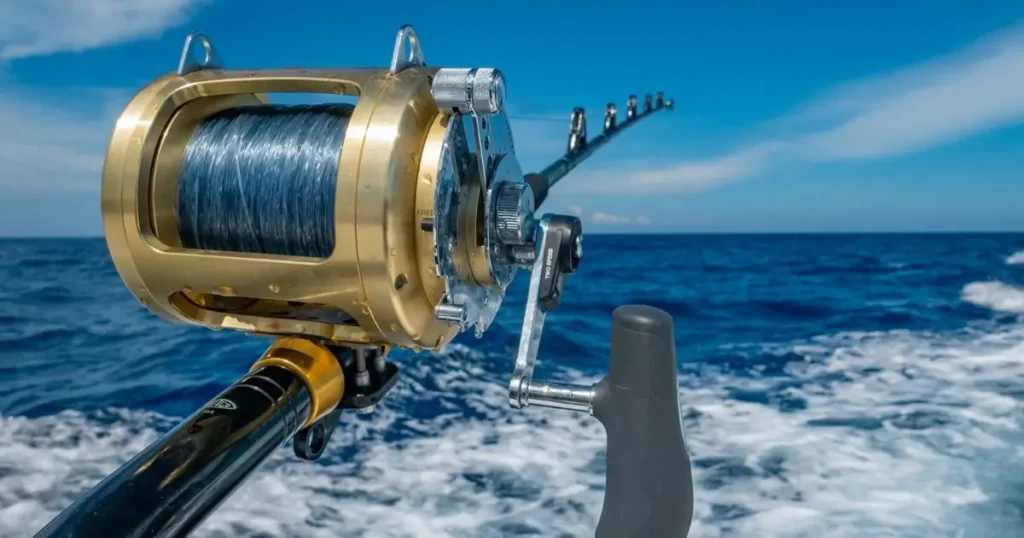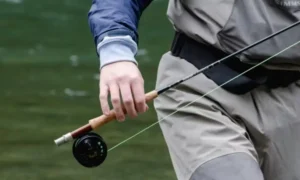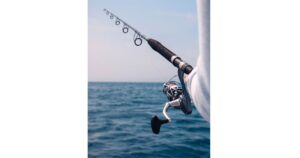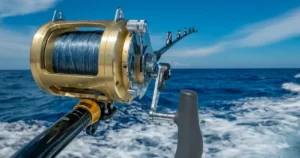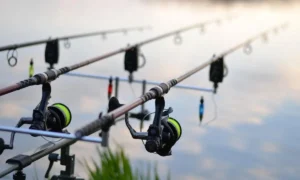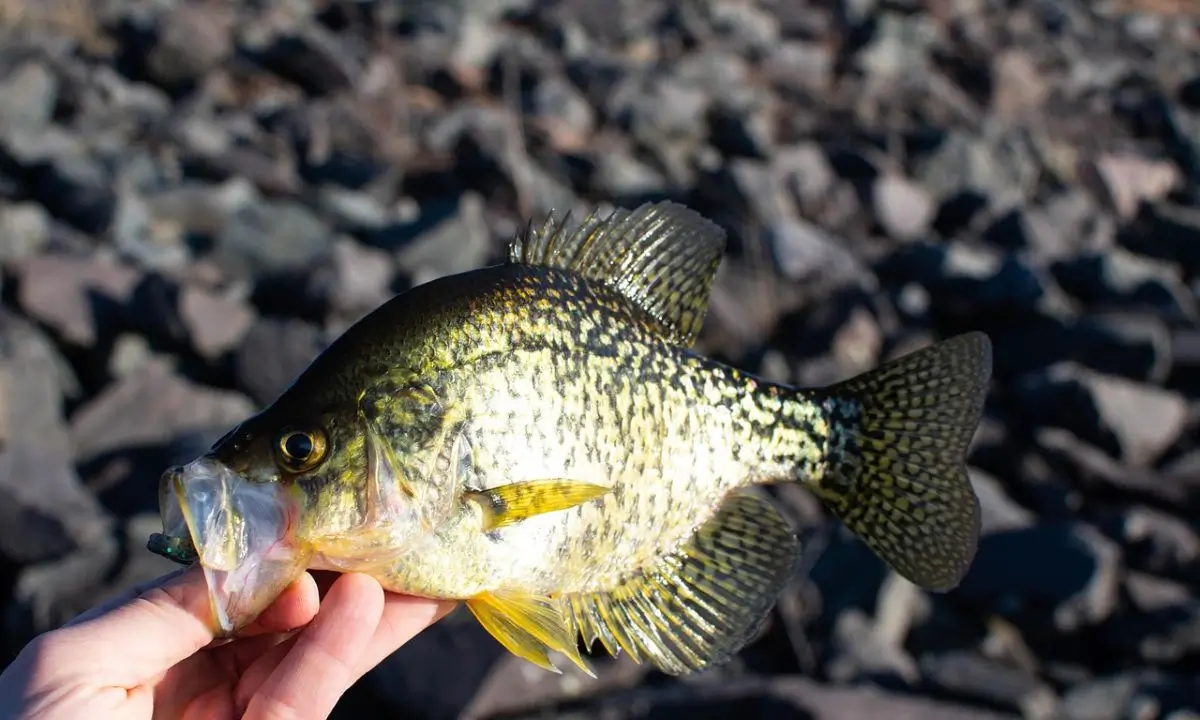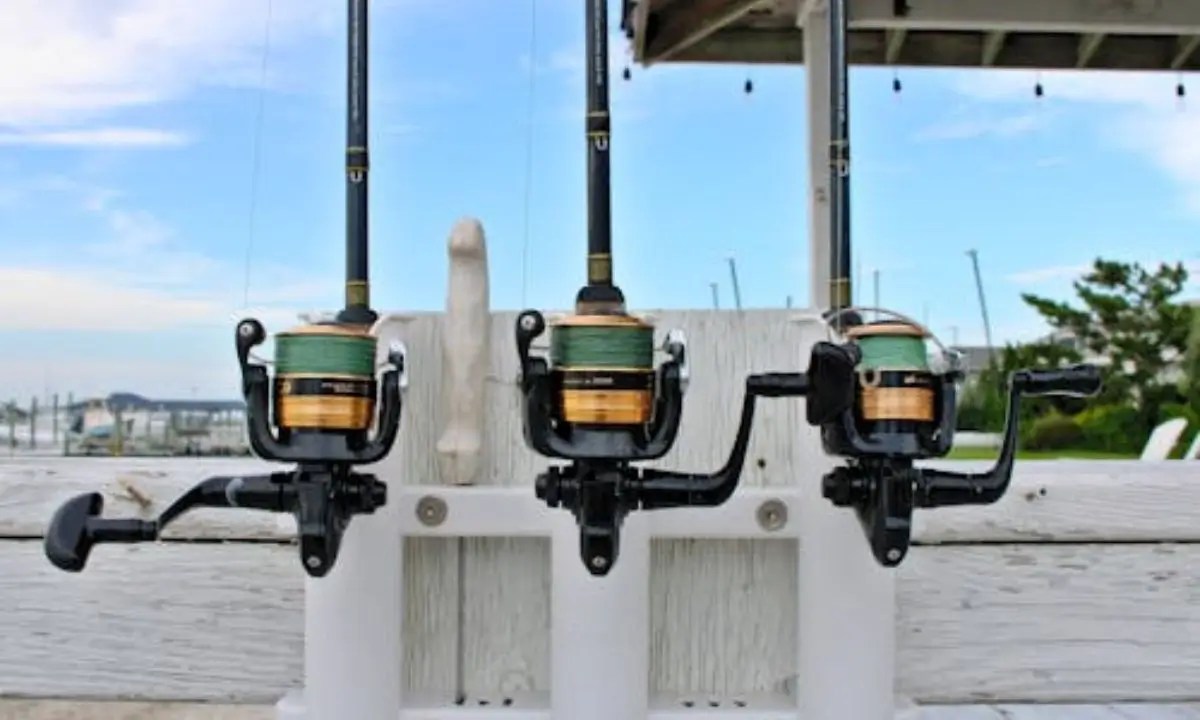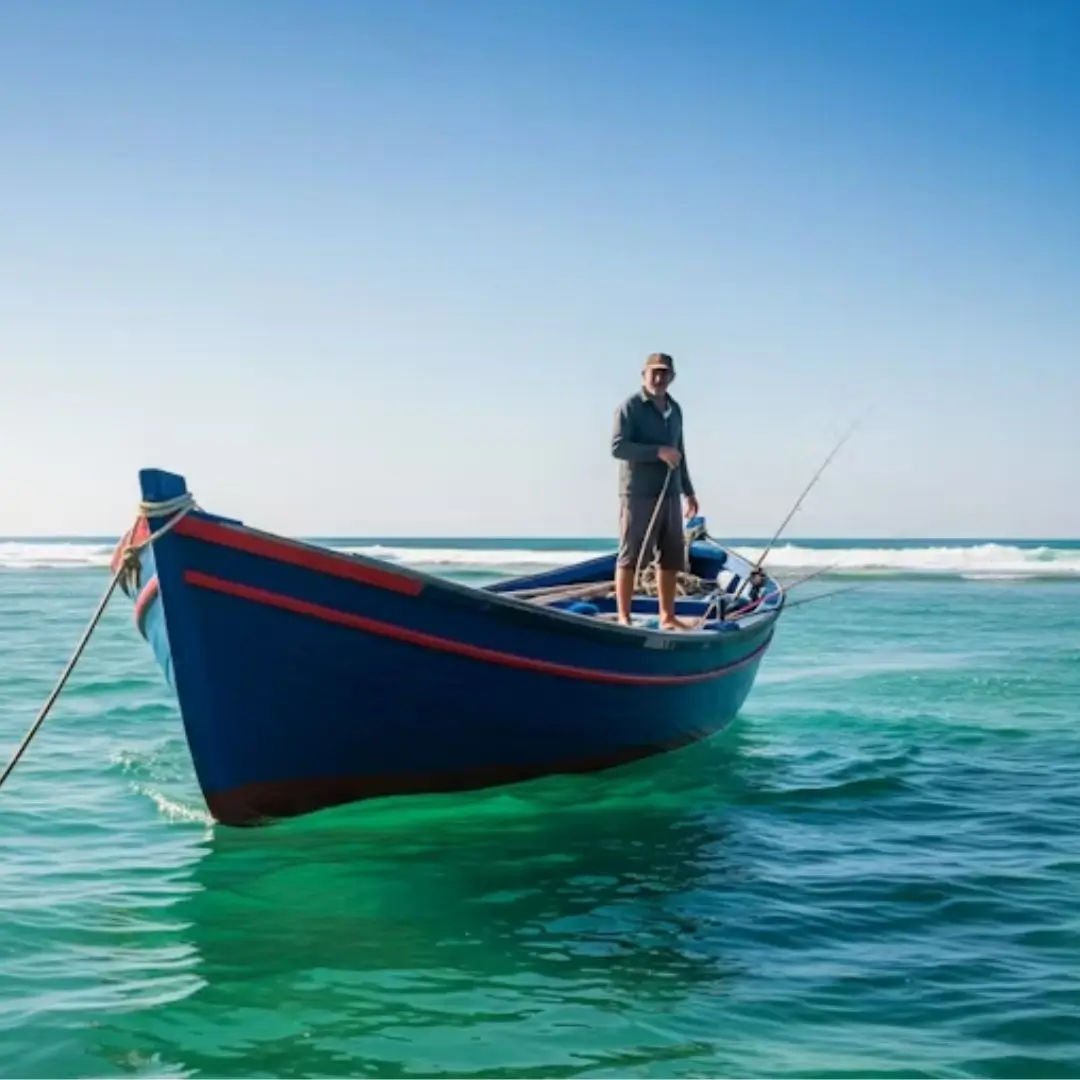What are the best fishing rod tips for beginners?
The best fishing rod tips for beginners include choosing the right rod type, keeping it clean, fixing guides or tips when needed, storing it safely, and matching line with lure. These simple steps make your rod last longer and improve your fishing success.
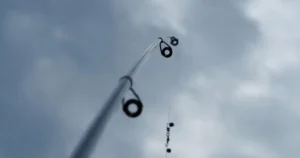
Introduction
Fishing rods are the backbone of every angler’s journey, whether you are casting in saltwater or freshwater. For beginners in 2025, learning the right fishing rod tips is more important than ever. With new gear, modern techniques, and changing fishing conditions, updated advice can save you from costly mistakes and make your trips more enjoyable.
After fishing in Florida waters for over five years, I’ve seen how a small mistake—like ignoring rod cracks or storing rods carelessly—can ruin a big catch. That’s why mastering basic rod care, repair, and storage is essential for every beginner. From replacing a broken tip to transporting rods safely, these small practices protect your equipment and improve your performance on the water. Storing Fishing Rods
In this guide, we’ll cover the 10 best fishing rod tips that every angler should know, including cleaning, repairing, storing, and upgrading rods. Whether you’re into spinning rods, casting rods, or saltwater fishing gear, these practical tips will help you fish like a pro.
🎣 Tip 1: Know Your Rod – Spinning vs Casting
Every angler must start with the basics—understanding your rod type. Spinning rods are lightweight, easy to handle, and perfect for beginners who want smooth casting without tangles. On the other hand, casting rods are stronger and give better control for heavier lures and bigger fish. The golden rule is to always match your reel and line with the rod’s specifications printed on the blank. Using the wrong setup reduces performance, shortens rod life, and leads to frustration. By knowing whether a spinning or casting rod fits your fishing style, you build a solid foundation for success.
🎣 Tip 2: Use a Fishing Rod Repair Kit
A fishing rod fix kit is your best friend when accidents happen. Whether your rod snaps, cracks, or the guides get bent, a compact repair kit can save your trip.
No matter how careful you are, accidents happen. That’s why a fishing rod fix kit should always be in your tackle bag. A good kit includes epoxy resin, replacement tips, guide rings, sandpaper, and strong adhesive. With these tools, you can quickly fix cracks, broken tips, or bent guides right on the spot without ending your fishing trip early. Pro anglers often carry waterproof boxes to protect repair gear from moisture. Having this kit not only saves money but also ensures you never miss out on catching fish due to minor damages. Preparation is always smarter than regret. details Fishing Line Last
Pro Tip: Keep your fix kit in a waterproof box in your tackle bag. It’s a lifesaver when you’re far from the nearest bait shop.
🎣 Tip 3: Learn to Replace a Fishing Rod Tips
A broken rod tip is a common problem that can ruin your casting accuracy. Instead of buying a new rod, learn the simple fishing rod tip replacement process. Heat the old tip gently with a lighter, remove it using pliers, apply rod glue inside the new tip, and align it properly before letting it dry. This DIY repair takes less than 15 minutes and extends your rod’s life. High-quality kits like the Fuji rod tip repair kit provide durable ceramic tips that handle braided lines better. Knowing this skill saves time, money, and keeps your gear reliable.
Bonus: For high-quality repairs, you can use the Fuji rod tip repair kit — it includes various tips and strong adhesive for durable fixes.
🎣 Tip 4: Wrap and Secure Your Guides
Guides play a big role in controlling your fishing line. Over time, they loosen or break, which can lead to line tangles and lost catches. To prevent this, learn how to re-wrap your rod guides using strong thread and epoxy. Wrap tightly around the base, coat with epoxy, and let it dry for 24 hours. This small maintenance step adds long-term strength and ensures smooth casting. Many anglers ignore guide care, but it’s a critical part of rod performance. Keeping guides aligned and secured means your rod will always deliver accurate casts and handle pressure with ease.
Why it matters: Guides keep your line in control. A misaligned or missing guide = poor casting and lost fish. more info Fly Fishing
🎣 Tip 5: Clean Your Fishing Rod After Every Trip
Dirt, salt, and moisture are your rod’s biggest enemies. Cleaning after every trip is the easiest way to extend rod life. Wipe the rod with a damp cloth, wash with mild soap and warm water, rinse with freshwater, and dry completely. Pay extra attention to reel seats and guide rings, where salt and grime often build up. If you fish in saltwater, never skip cleaning because corrosion spreads fast. A few minutes of care after each trip saves you from expensive repairs later. Treat your rod like an investment, and it will always reward you with top performance.
Pro Tip: Pay special attention to the reel seat and guide rings where grime builds up fast.
🎣 Tip 6: Inspect for Cracks and Stress Marks
Even the strongest rods develop small cracks or stress marks over time. These are dangerous because a rod can snap during a big fight. Always inspect your rod after each fishing session, especially around the tip, joints of multi-piece rods, and handle grips. If you see hairline cracks, reinforce them with wrapping or get professional repair before using again. Catching these problems early prevents gear failure at the worst possible moment. Regular inspection builds trust in your equipment, giving you the confidence to fight bigger fish without worrying about rod damage mid-cast or mid-battle.
If you spot cracks early, reinforce them with wrap or get it repaired before it breaks mid-fight.
🎣 Tip 7: Upgrade with Replacement Tips
Sometimes, you don’t just repair—you upgrade. Using premium replacement tips for fishing rods can improve casting distance, handle heavier lures, and increase durability. Ceramic or high-strength metal tips resist heat and friction, especially for anglers who use braided lines. Brands like Fuji offer professional-grade rod tip kits with strong adhesives for long-lasting results. This small upgrade turns an average rod into a reliable tool for tough fishing conditions. Investing in better rod components is one of the smartest ways to boost performance without buying a brand-new rod.
Fuji rod tip repair kits often come with performance-grade ceramic guides that resist heat and friction—perfect for braid lovers.
🎣 Tip 8: Store Your Rods Properly
Improper storage bends or warps rods, ruining their action. Always store rods vertically in a rack to keep them straight. Avoid leaning them in corners or leaving them under direct sunlight, as heat damages both rod blanks and grips. During transport, use protective rod sleeves or tubes to prevent scratches and impact damage. Never store rods with the fishing line pulled tight, as it creates unnecessary stress on the guides and blank. Proper storage is a simple habit, but it dramatically increases your rod’s lifespan and keeps your gear ready for action anytime. details Fishing Rod Far
🎣 Tip 9: Transport Your Rods the Safe Way
Snapped tips and broken guides often happen on the way to the water.
Transportation tips:
- Disassemble two-piece rods
- Use rod holders in cars or check out how to make a DIY fishing rod holder for your truck.
- Use soft rod socks or padded hard cases
- Avoid placing gear on top of the rods
Did You Know? Many breaks occur during loading/unloading, not fishing. Be careful.
🎣 Tip 10: Match the Right Lure and Line
The secret to better casting and control is matching your rod with the right lure and line weight. Light rods work best with light lures and lines, while heavy rods are built for strong lines and bigger baits. Using the wrong combination reduces sensitivity and may even break the rod. Always check your rod’s specifications, usually printed near the handle. Following these guidelines ensures maximum casting distance and sensitivity. Beginners often make the mistake of mismatching gear, which leads to poor results. With the right setup, your rod works as designed and helps you catch more fish.
🔹 Short Overview of Tip 1–10
These fishing rod tips cover everything a beginner needs to keep rods strong, reliable, and ready for action. Start with the basics—knowing the difference between spinning and casting rods. Keep a repair kit handy and learn how to replace tips or wrap guides to avoid failures. Clean your rod after every trip and inspect for cracks to prevent breakage. Upgrading with replacement tips improves performance, while proper storage and safe transport protect your investment. Finally, always match your rod with the right line and lure for better casting control. By following these 10 simple but powerful rod care tips, anglers can extend gear life, improve fishing results, and enjoy more success on the water.
🎣 Bonus Section: Common Mistakes
Even with the best fishing rod tips, many anglers repeat common mistakes that shorten rod life and reduce performance. One big error is using superglue instead of proper rod glue when fixing tips—this makes repairs weak and temporary. Another mistake is ignoring small cracks or stress marks; these quickly grow and cause rods to snap during a fight. Storing rods in humid places or direct sunlight also weakens the blank and grips.
Many beginners forget to check guide alignment, which leads to poor casting distance and tangled lines. The best way to avoid these problems is by using the right repair kits, cleaning after every trip, and storing rods safely. Small habits make a big difference in rod performance. in details Crappie Fishing Rod
🎣 Recommended Tools
When it comes to fishing rod tips, the right tools can make a big difference. Here’s a quick guide:
| Tool | Purpose | Why It’s Useful |
| Fishing Rod Fix Kit | Emergency repair | Perfect for quick fixes while fishing. |
| Fuji Rod Tip Kit | Rod tip replacement | High-quality, durable tips for better casting. |
| Thread Wrapping Kit | Guide strengthening | Keeps rod guides secure and long-lasting. |
| Rod Tube + Storage Rack | Protection & storage | Prevents cracks, moisture damage, and pressure issues. |
With these fishing rod repair tools, you’ll not only handle emergencies but also extend your rod’s life. Adding them to your gear ensures you’re always ready for smooth fishing trips.
🚨 Safety & Regulations
When talking about fishing rod tips, safety and regulations are just as important as technique. First, always store your rod carefully—avoid keeping sharp hooks attached and use a rod tube during transport. This prevents cracks, scratches, or accidents. Following fishing safety tips also helps extend your rod’s lifespan.
If you’re fishing in Florida, remember that regulations matter. You need a fishing license, and saltwater fishing has specific rules on size and catch limits. Staying updated with these rules not only keeps you legal but also protects local fish populations.
By combining safety habits with fishing rod maintenance, you’ll ensure smoother trips and longer rod life.
👉 Do you always check local fishing regulations before your trip?
🎣 Conclusion
Caring for your fishing rod doesn’t have to be complicated. By following the right fishing rod tips—like regular cleaning, quick repair when needed, and proper storage—you can keep your gear in top shape for years. Remember, even small habits such as using a rod tube, checking guides, or avoiding cracks go a long way in extending rod life.
The more you practice these fishing rod maintenance techniques, the longer your rod will last and the better your fishing experience will be.
👉 Share your favorite rod maintenance tip in the comments!
👉 Don’t forget to check our other fishing guides for more pro-level advice.
Which fishing rod tip helped you the most today? Drop your thoughts in the comments — I’d love to hear from you!
✍️ Written by Jihad – Professional Fisherman
Website: profishingbyjihad.com
What’s the ideal rod action and power for beginners?
Beginners should choose a rod with medium to medium-heavy power and fast or moderate-fast action. This balance gives control over casting, helps handle light and medium lures, and reduces chances of breaking the rod. Matching your rod’s power and action to the type of fish and lure you’ll use makes a big difference in rod sensitivity and performance.
How do I know when a rod tip or guide needs replacement?
Inspect rod tips and guides regularly—look for cracks, chips, or bent shapes. If the tip ring is cracked, line frays or tangles, or the guide is misaligned, they need replacement or repair. Ignoring these can lead to bigger breaks, loss of casts, or even snapped rods mid-fight. A good repair kit and attention prevent small damage becoming large problems.
What’s the difference between fishing in fresh water vs salt water for rod maintenance?
Saltwater is much harsher on rods because salt corrodes metal guides, reel seats, and blanks. After saltwater fishing, always rinse your rod with fresh water, clean reel seats, and dry completely. Use rod components rated for saltwater if you fish near the ocean — that builds better rod life and avoids rust or damage.
How long should I store my fishing rod, and what’s the best way?
When not in use, rods should be stored upright or horizontally without tension on the line, in a cool, dry area away from direct sunlight or heat. Use sleeves, racks, or tubes to protect from physical damage, warping or moisture. Long downtime storage with bad conditions leads to weakened blanks, cracked grips, or damage to guides.
Can I use superglue for quick rod tip repair, or should I use specialized rod glue/epoxy?
Superglue works in emergencies for small breaks, but it’s not ideal. For long-lasting repair use rod glue or epoxy — they stretch slightly, resist water, and bond better under stress. Using proper adhesives ensures the repair holds during casting, transport, and heavy fishing situations.
How do I know if my rod tip is too stiff?
If you can’t feel small bites or the rod doesn’t bend enough when casting light lures, it might be too stiff. Choose a softer tip for better sensitivity.
How does matching line weight and lure size to the rod affect casting & rod health?
Every rod has printed specs stating recommended line weight and lure weight. Using lighter-than-recommended lures can underuse the rod’s power, while heavier ones strain rod action, possibly causing snapping or damage. Correctly matching lure & line improves cast distance, sensitivity, and overall rod performance.
What safety regulations or permits do I need before fishing in my area?
Regulations vary by region. In places like Florida, you usually need a fishing license for saltwater fishing and must follow size limits, catch limits, and sometimes seasonal closures. Always check local fish & wildlife department rules. Following regulations keeps you legally fishing and helps sustain fish populations so your fishing trips remain productive in future.


